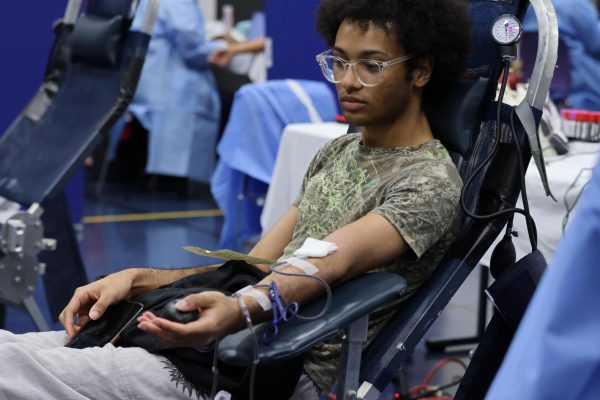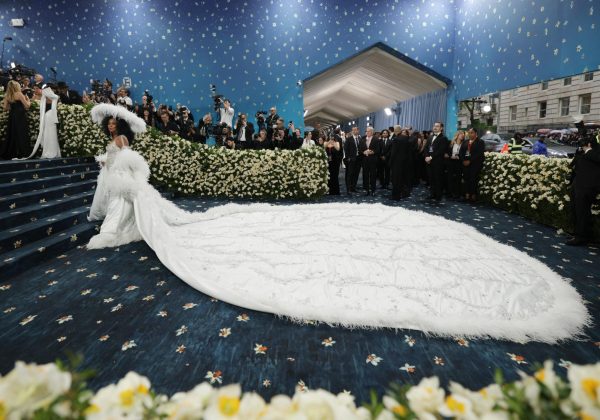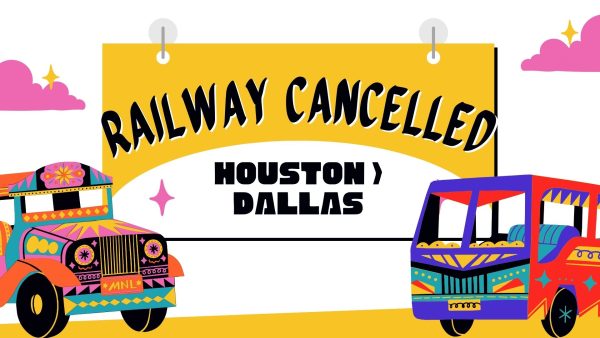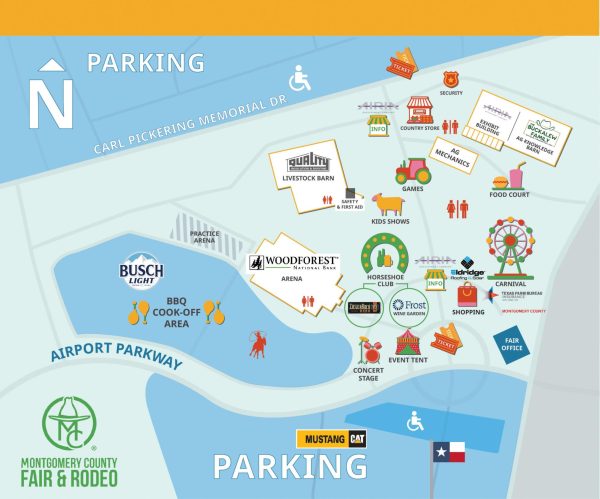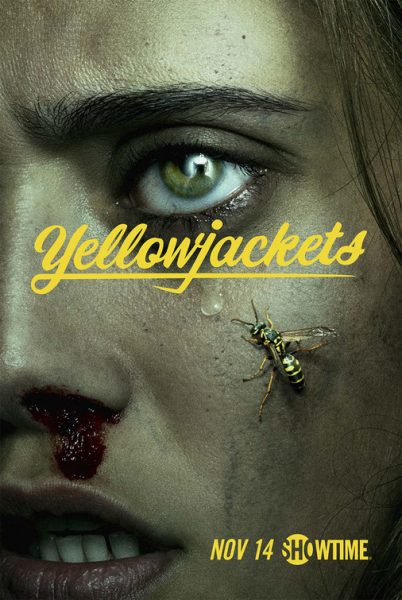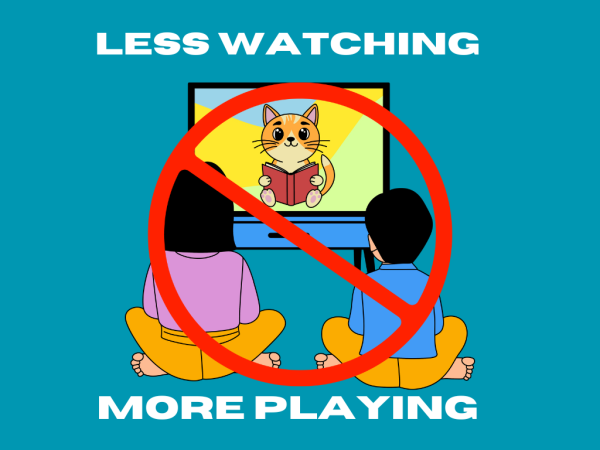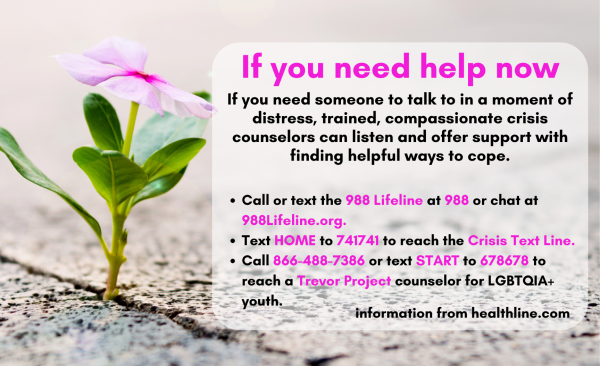AI artists could evolve into blessing or curse
New technology allows anyone to make art
In a cold dark room filled with blinking lights, a server bank whirs to life. Quietly beeping to itself, one might think that the machine is processing math equations or transmitting an instagram post. This is not the case. This computer is making art.
The recent release of AI capable of creating art has made high quality art more accessible to the public for a very low price, though it does pose thought-provoking questions with no real answers.
Oftentimes, someone has an idea that they think would be really cool and creative, but they can’t draw it themselves or they don’t want to commission an artist to make it. In this case, AI may be the answer. One of these AI is DALL-E 2, a project engineered by OpenAI. On OpenAi’s website, they call DALL-E 2 a “new AI system that can create realistic images and art from a description in natural language.” This is exactly what this AI and others like it are capable of. By simply creating a free account and typing in exactly what is wanted, in around thirty seconds a whole selection of images created based on the prompt will be sent right to your computer, free of charge and ready to be used. Because these images are now owned by the one who inputted the prompt, the owner can use these images for logos, projects and more, free of copyright charge.
This is not all good news, however. For artists who live off of money they get from commissions, this is a borderline catastrophe. Because these AI are free to use, the artists who have spent their lives refining their craft now are competing with an AI that doesn’t understand the meaning or “heart” behind the art but produces it anyway.
AI is often portrayed as a cold force that is coming for everyone’s jobs and, in the distant future, it may. Right now in the present, however, we have a unique opportunity. By taking both the usefulness and threat of AI into consideration, adjustments and regulations can be made, and preventative measures can be put in place that may be able to find a middle ground where AI can be a useful commodity without putting people out of work.
Your donation will support the student journalists of Willis High School. Your contribution will allow us to purchase equipment and cover our annual website hosting costs.
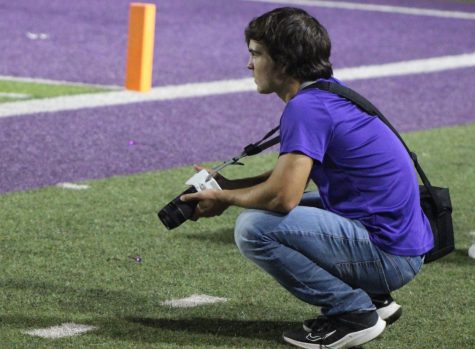
Jason Clark is a senior at Willis High School and is currently enrolled in newspaper and yearbook. Jason is a four-year journalism student and has placed...




